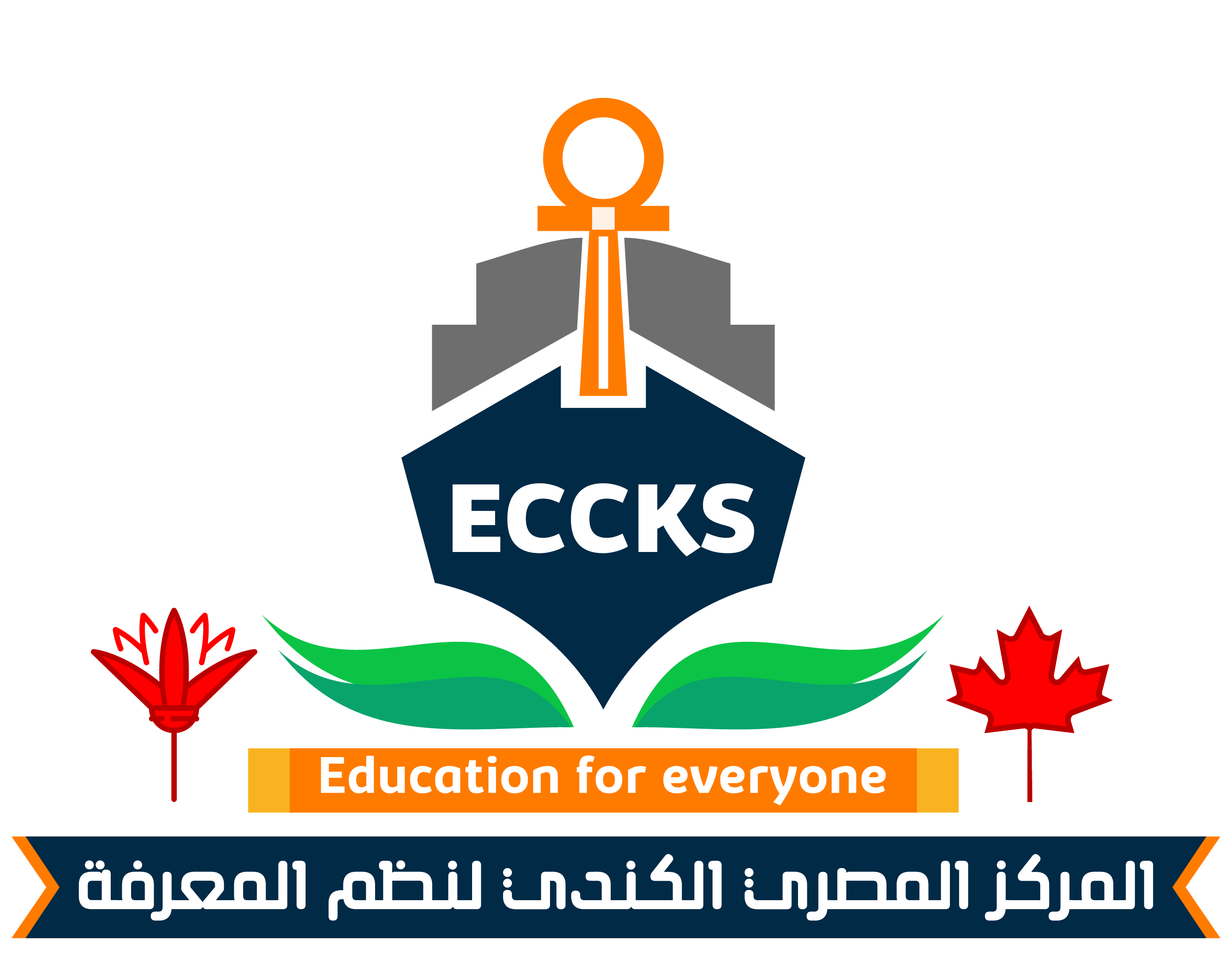Egyptian Canadian Center for Knowledge System
- 012 2014 4336
- info@eccks.com.eg
- Saturday - Thursday 10am - 6pm
Dyslexia
What Is Dyslexia?
It’s a Greek word that means “ Reading Difficulty ”.
It consists of two sections: “ dys ” which means difficulty and “ Lexia ” which means reading words.
Types of Dyslexia
Phonological Dyslexia
Phonological Dyslexia
This is the type that people usually mean when they are discussing dyslexia. It is when a student has a problem with phonological awareness skills that include breaking words into sounds and then matching them with written symbols, making it hard for them to pronounce words.
Surface Dyslexia
Surface Dyslexia
This type of dyslexia in which the student finds it difficult to remember whole words by sight. Children with surface dyslexia may have a particular problem with words that have tricky spellings and do not sound like they are spelled, and they may take longer to be able to recognize the words as a whole through sight. Surface dyslexia is also called visual dyslexia.
Rapid Naming Deficit
Rapid Naming Deficit
This is the type where kids are not able to quickly name letters and numbers when they see them and it takes them a long time to be able to identify them. Experts believe that the difficulty of rapid naming is linked to a deficit in the speed of information processing within the brain.
Double Deficit Dyslexia
Double Deficit Dyslexia
This type of dyslexia occurs when a child has difficulties with both rapid naming and phonological awareness.
These children have difficulty isolating sounds and cannot quickly name letters when they see them. This dual form of dyslexia is thought to be more severe and challenging to treat.
Visual Dyslexia
Visual Dyslexia
The term visual dyslexia means the same as surface dyslexia. However, some people use this term to express something completely different: They believe that reading problems have to do with the eyes and vision and claim that reading can be improved through eye exercises or tinted lenses. These methods are not recommended yet because there is not enough evidence showing their effectiveness.
Symptoms of Dyslexia
Language Indicators
- When the child has a delay or lack of speech, mixing the letters or the words either in writing, reading, spelling or reading aloud.
- Omitting some letters.
- Delete some words or parts of the read word.
- Add some words that are not in the original text.
- Repetition or mumbling of the words.
- Messy and unclear handwriting that is hard to read.
Daily Activities Indicators
- Body coordination; such as holding a ball, passing it or throwing it normally.
- Trouble performing some work; such as wearing clothes, holding shoe laces and using buttons alone at an advanced age.
- Excessive slowness with the inability to complete a certain work and focus on reading.
- Difficulty maintaining body balance.
- Difficulty distinguishing between directions
Memory Indicators
- Difficulty calling from memory to translating visual signals into audio signals and vice versa.
- Weak working verbal short-term memory.
- Forget quickly spelling words.
- Forget the names, terms, the sequence of spelling letters, days of the week, dates, months of the year.
- Weak focus when listening to stories.
